If you don’t want plants blocking your view, try a design that is as dynamic as it is functional
Exerpt from Susan Calhoun's article from Fine Gardening Issue #170:
It seems like many planting designs are all about blocking things you’d rather not see: the street out front, the nosy neighbors, or the messy lot next door. After all, why would you ever want a landscape that stays under 3 feet tall? Perhaps it’s to preserve a view, or to avoid traffic mishaps (i.e. backing out of the driveway into oncoming traffic), or maybe it’s to create interest along a pathway or narrow expanse without obscuring the destination.
These were all issues I faced at a seaside property in Washington. My plan needed to be low profile so the plants could better withstand the abuse of a windy, shoreline location, too. I found that the keys to a successful design were solid, large-scale hardscaping paired with thoughtful, dense sweeps of plants.
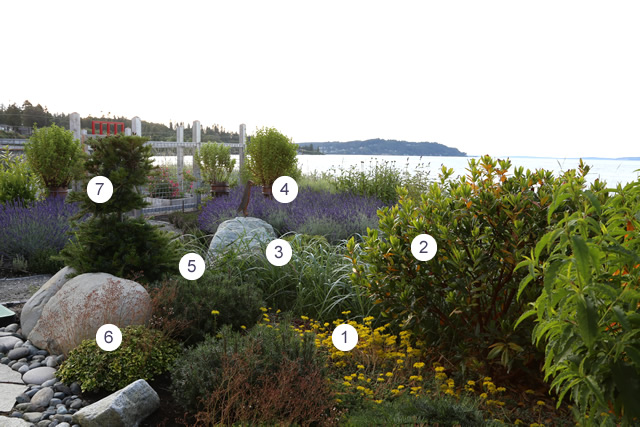
1. Spreading stonecrop (Sedum divergens, USDA Hardiness Zones 2-9)
2. Dwarf strawberry tree (Arbutus unedo 'Compacta', Zones 7-9)
3. Native wildrye (Elymus cv., Zones 4-9)
4. ‘Goldberg’ lavender (Lavandula x intermedia 'Goldberg', Zones 6-9)
5. Dwarf mugo pine (Pinus mugo var. pumilio, Zones 2-8)
6. Golden London pride (Saxifraga × urbium ‘Aureopunctata’, Zones 4-9)
7. Pine (Pinus cv., Zones 2-8)
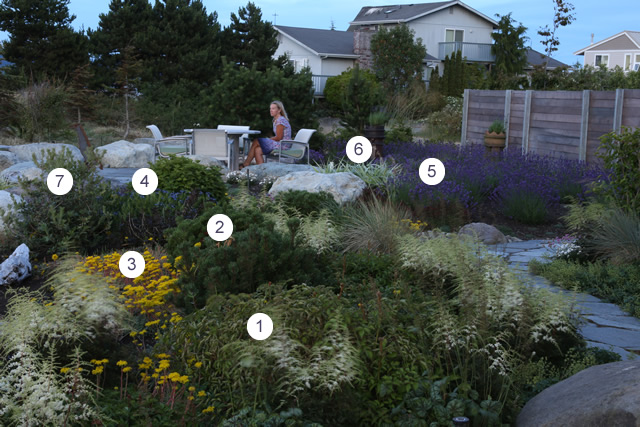
1. ‘White Sensation’ astilbe (Astilbe simplicifolia 'White Sensation', Zones 4-9)
2. Dwarf mugo pine (Pinus mugo var. pumilio, Zones 2-8)
3. Spreading stonecrop (Sedum divergens, USDA Hardiness Zones 2-9)
4. ‘Blue Ice’ blue star (Amsonia 'Blue Ice', Zones 4-9)
5. 'Twickel Purple' lavender (Lavandula angustifolia 'Twickel Purple', Zones 5-8)
6. 'Silver Shadow' astelia (Astelia 'Silver Shadow', Zones 8-9)
7. Manzanita (Arctostaphylos manzanita cv., Zones 8-10)
Subscribe to Fine Gardening Magazine for the full experience!
Fine Gardening Recommended Products

A.M. Leonard Deluxe Soil Knife & Leather Sheath Combo
Fine Gardening receives a commission for items purchased through links on this site, including Amazon Associates and other affiliate advertising programs.

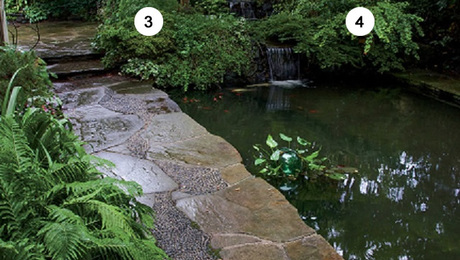
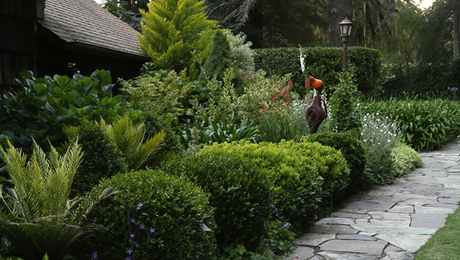
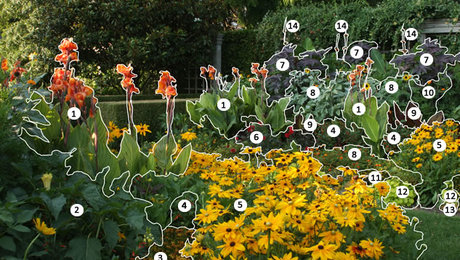














Comments
fgfdgfg
Log in or create an account to post a comment.
Sign up Log in